Nicaragua's capital city is not on the itinerary of many travelers in Central America and gets quite poor reviews from most guidebooks. I had a few extra days in Granada, though, before my cycling tour with Explore was set to begin, so I figured I’d take a bus to Managua and check it out since it’s only an hour away. Hey, even if there’s not all that much to see in Managua, it’s worth checking out a national capital for a day.
Historically Leon and Granada were Nicaragua’s two main cities and were both founded shortly after the Spanish conquest of the region in the early 1500s
. The cities became competing political forces in the 1800s after independence with Leon supporting the Liberal Party and Granada the conservative party. Managua, a town of no major significance before that time, was chosen as the national capital 1852 and has grown to be Nicaragua’s biggest city by far. I’ve seen conflicting population figures for the city that probably differ based on how widely the metropolitan region is drawn but some suggest a population over two million or around 40% of Nicaragua’s population.
Managua’s problem historically is that it was built on very seismically active land on the shore of Lake Managua and has been destroyed several times by major earthquakes. The last of those big earthquakes was in 1971 after which the center of the city was for the most part abandoned. Instead of rebuilding the center, the Somoza dictatorship decided in its latter years in power to rebuild in outlying areas where Somoza and many of his cronies owned land. Then there was the Sandinista Revolution and several years of war between the new government and the U.S. supported Contras.
Managua is described as a "shambles" and I found it to be one of the least attractive capital cities I’ve seen anywhere in the world. Nowadays it’s like a city without a defined center, and from the hilltop park at Loma de Tiscapa you can gaze out at a city that sprawls distantly to the east, west, and south at a very low density
. Gertrude Stein might have said, “Managua, there’s no there there!” That makes it very different from San Salvador which has a dense urban commercial center and barrios that spread out into the hills. Even Managua’s so-called Zona Rosa is more like far flung low-density American suburbs than the wealthy urban neighborhoods that go by the same name in other Latin American capitals.
After a lot of walking from the bus stop at the university I did eventually make it to the old city center around the Plaza de la Revolution around which the city’s historical buildings are located. The city’s old cathedral has been a roped off shell for 45 years since the earthquake, a ruin that can’t even be entered. I don’t know where Nicaragua’s modern National Assembly meets, but the old building on the plaza has been restored as a national library and the National Museum of Nicaragua. There’s also a functioning national theater and the tombs of three leaders of the Sandinista Revolution, including that of Commander Carlos Fonseca, plus eternal flames
.
Managua has its fair share of socialist-inspired monuments built after the Revolution, including statues of Nicaraguan workers and a weird oversized one of a guerilla fighter. Some of those make sense for the country considering that Daniel Ortega has been president again for nearly ten years, as the the monuments to national poet Ruben Dario and South American independence leader Simon Bolivar as well as the hilltop silhouette of Sandino himself. What I didn’t get, though, are the big colorful metal sculptures all around the city that seem to be trees but serve no clear purpose. They’re everywhere and they’re just not pretty.
Getting to and from Managua was simple enough on the bus from Granada, but that’s not to say it was pleasant. The buses were, of course, un-air-conditioned and the temperature was around 95*. The ride back especially was so crowded I thought they were going to make someone sit on my lap. OK, I’ve had it with local transportation in Central America. From now on it’s going to be private transportation!
So if you’re considering travel in Central America and are thinking about going to Managua, I’d recommend skipping it. You won’t be missing much.
Managua - The Totally Failed Compromise Capital
Friday, February 26, 2016
 Managua, Nicaragua
Managua, Nicaragua
Other Entries
-
10Chichicastenango - Guatemala's Greatest Market
Jan 3126 days prior Chichicastenango, Guatemalaphoto_camera105videocam 0comment 0
Chichicastenango, Guatemalaphoto_camera105videocam 0comment 0 -
11Quetzaltenango - Guatemala's Second City
Feb 0125 days prior Quetzaltenango, Guatemalaphoto_camera33videocam 0comment 0
Quetzaltenango, Guatemalaphoto_camera33videocam 0comment 0 -
12Cuchumatanes Trek #1 - Nebaj & Ixil Triangle
Feb 0224 days prior Nebaj, Guatemalaphoto_camera37videocam 0comment 0
Nebaj, Guatemalaphoto_camera37videocam 0comment 0 -
13Cuchumatanes Trek #2 - Acul to Xexecom
Feb 0323 days prior Acul, Guatemalaphoto_camera55videocam 0comment 0
Acul, Guatemalaphoto_camera55videocam 0comment 0 -
14Cuchumatanes Trek #3 - Altiplano & Villages
Feb 0521 days prior Chortiz, Guatemalaphoto_camera84videocam 0comment 0
Chortiz, Guatemalaphoto_camera84videocam 0comment 0 -
15Cuchumatanes Trek #4 - La Torre to Todos Santos
Feb 0620 days prior Todos Santos Cuchumatán, Guatemalaphoto_camera65videocam 0comment 0
Todos Santos Cuchumatán, Guatemalaphoto_camera65videocam 0comment 0 -
16Lake Atitlan - World's Most Beautiful Lake
Feb 0917 days prior Santiago Atitlan, Guatemalaphoto_camera40videocam 0comment 0
Santiago Atitlan, Guatemalaphoto_camera40videocam 0comment 0 -
17Guatemalan Cuisine - Modern Mayan Flavors
Feb 1016 days prior Antigua Guatemala, Guatemalaphoto_camera38videocam 0comment 0
Antigua Guatemala, Guatemalaphoto_camera38videocam 0comment 0 -
18Copan - Honduras's Ancient Mayan Ruins
Feb 1115 days prior Copan, Hondurasphoto_camera113videocam 0comment 0
Copan, Hondurasphoto_camera113videocam 0comment 0 -
19La Zona Rosa - Did I End Up in Los Angeles?
Feb 1214 days prior San Salvador, El Salvadorphoto_camera44videocam 0comment 0
San Salvador, El Salvadorphoto_camera44videocam 0comment 0 -
20Comprehensive Tour of a City with an Image Problem
Feb 1313 days prior San Salvador, El Salvadorphoto_camera81videocam 0comment 0
San Salvador, El Salvadorphoto_camera81videocam 0comment 0 -
21El Salvador Highlights Natural & Archaeological
Feb 1412 days prior Coatepeque, El Salvadorphoto_camera63videocam 0comment 0
Coatepeque, El Salvadorphoto_camera63videocam 0comment 0 -
22Suchitoto -Salvador's Best Preserved Colonial Town
Feb 1511 days prior Suchitoto, El Salvadorphoto_camera23videocam 0comment 0
Suchitoto, El Salvadorphoto_camera23videocam 0comment 0 -
23Leon - First City of the Sandinista Revolution
Feb 179 days prior Leon, Nicaraguaphoto_camera100videocam 0comment 0
Leon, Nicaraguaphoto_camera100videocam 0comment 0 -
24San Juan Del Sur - At the Beach After 5 Weeks
Feb 206 days prior San Juan del Sur, Nicaraguaphoto_camera33videocam 0comment 0
San Juan del Sur, Nicaraguaphoto_camera33videocam 0comment 0 -
25Granada - Central America's Most Beautiful City
Feb 224 days prior Granada, Nicaraguaphoto_camera125videocam 0comment 0
Granada, Nicaraguaphoto_camera125videocam 0comment 0 -
26Natural Granada - Volcan Mombacho & Las Isletas
Feb 233 days prior Volcán Mombacho, Nicaraguaphoto_camera74videocam 0comment 0
Volcán Mombacho, Nicaraguaphoto_camera74videocam 0comment 0 -
27Managua - The Totally Failed Compromise Capital
Feb 26 Managua, Nicaraguaphoto_camera58videocam 0comment 0
Managua, Nicaraguaphoto_camera58videocam 0comment 0 -
28Around Granada - Pueblos Blancos, Cemeteries, etc.
Feb 271 day later Catarina, Nicaraguaphoto_camera48videocam 0comment 0
Catarina, Nicaraguaphoto_camera48videocam 0comment 0 -
29Ometepe Island - Mountain Bike Ride From Hell
Mar 014 days later Ometepe Island, Nicaraguaphoto_camera40videocam 0comment 0
Ometepe Island, Nicaraguaphoto_camera40videocam 0comment 0 -
30Bike Ride Around Arenal Reservoir
Mar 036 days later Tilaran, Costa Ricaphoto_camera47videocam 0comment 0
Tilaran, Costa Ricaphoto_camera47videocam 0comment 0 -
31La Fortuna - In the Shadows of Arenal
Mar 047 days later La Fortuna, Costa Ricaphoto_camera50videocam 0comment 0
La Fortuna, Costa Ricaphoto_camera50videocam 0comment 0 -
32Bike Ride Through the Marvelous Orosi Valley
Mar 058 days later Turrialba, Costa Ricaphoto_camera57videocam 0comment 0
Turrialba, Costa Ricaphoto_camera57videocam 0comment 0 -
33Costa Rican Caribbean - Cycling to Panama
Mar 069 days later Puerto Viejo, Costa Ricaphoto_camera7videocam 0comment 0
Puerto Viejo, Costa Ricaphoto_camera7videocam 0comment 0 -
34Bocas Del Toro - Caribbean Island Paradise
Mar 0710 days later Bocas Town, Panamaphoto_camera71videocam 0comment 0
Bocas Town, Panamaphoto_camera71videocam 0comment 0 -
35Western Panama - Bike Ride from Divide to Pacific
Mar 0811 days later Gualaca, Panamaphoto_camera24videocam 0comment 0
Gualaca, Panamaphoto_camera24videocam 0comment 0 -
36Bike Ride Through Cattle Country and the Beach
Mar 0912 days later Santiago, Panamaphoto_camera14videocam 0comment 0
Santiago, Panamaphoto_camera14videocam 0comment 0 -
37Panama Canal - Century Old Engineering Marvel
Mar 1013 days later Miraflores, Panamaphoto_camera57videocam 0comment 0
Miraflores, Panamaphoto_camera57videocam 0comment 0 -
38Casco Viejo - Panama City's Gentrifying Old Town
Mar 1114 days later Panama City, Panamaphoto_camera96videocam 0comment 0
Panama City, Panamaphoto_camera96videocam 0comment 0 -
39Panama City - Like Miami Except With More English
Mar 1215 days later Panama City, Panamaphoto_camera103videocam 0comment 0
Panama City, Panamaphoto_camera103videocam 0comment 0 -
40San Blas Islands - Sailing Through the Caribbean
Mar 1316 days later El Porvenir, Panamaphoto_camera71videocam 0comment 0
El Porvenir, Panamaphoto_camera71videocam 0comment 0 -
41Sailing to Colombia on the M/S Quest
Mar 1518 days later El Islote, Colombiaphoto_camera57videocam 0comment 0
El Islote, Colombiaphoto_camera57videocam 0comment 0 -
42Old Cartagena - Jewel of Spanish Caribbean
Mar 1720 days later Cartagena, Colombiaphoto_camera150videocam 0comment 0
Cartagena, Colombiaphoto_camera150videocam 0comment 0 -
43Santa Marta - Gateway to the Sierra Nevada
Mar 1821 days later Santa Marta, Colombiaphoto_camera36videocam 0comment 0
Santa Marta, Colombiaphoto_camera36videocam 0comment 0 -
44Ciudad Perdida Trek Part I - Four Days on Trail
Mar 2023 days later Don Diego, Colombiaphoto_camera84videocam 0comment 0
Don Diego, Colombiaphoto_camera84videocam 0comment 0 -
45Ciudad Perdida Trek Part II - The Lost City
Mar 2124 days later La Ciudad Perdida, Colombiaphoto_camera55videocam 0comment 0
La Ciudad Perdida, Colombiaphoto_camera55videocam 0comment 0

 Managua, Nicaragua
Managua, Nicaragua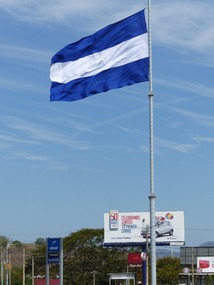
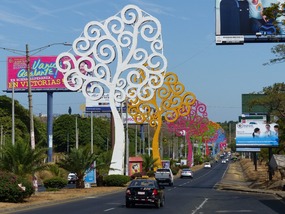
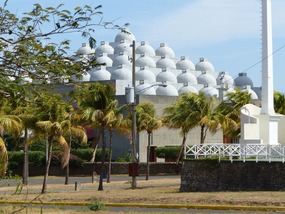







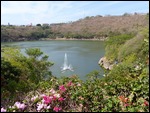
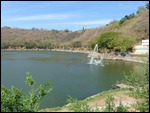
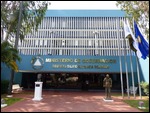
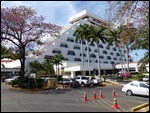
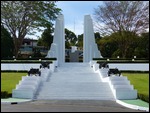
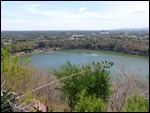
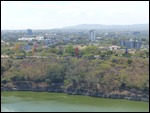
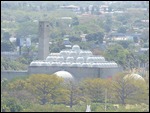
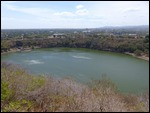
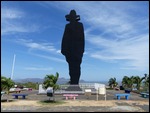

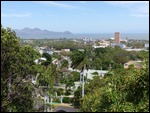
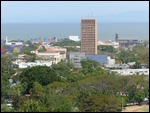
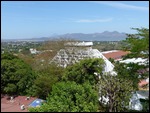
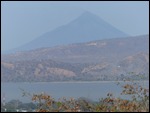
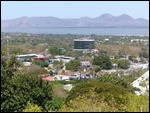

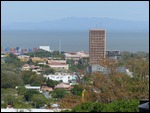
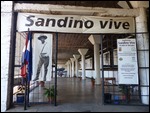
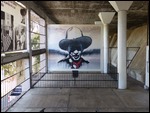
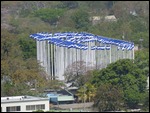
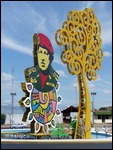
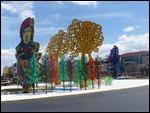
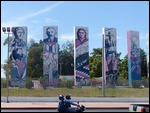
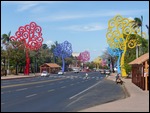
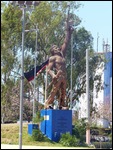
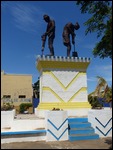
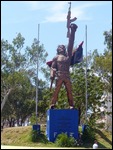
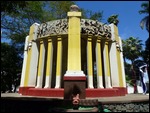
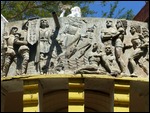
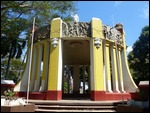
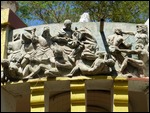
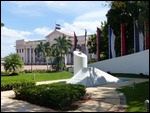
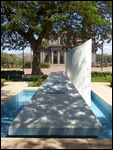
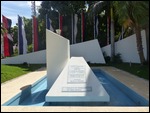
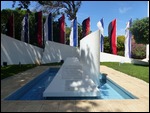
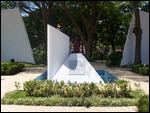
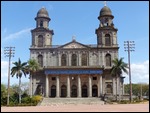
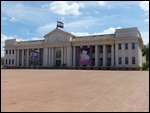
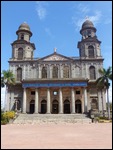
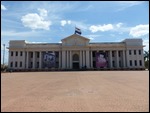

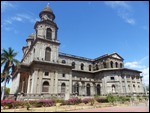
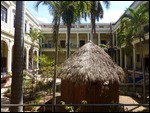
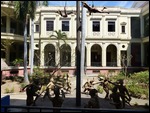

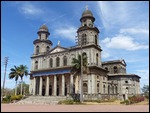
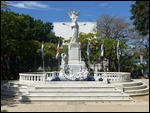
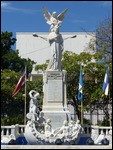
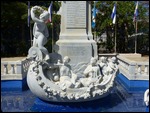
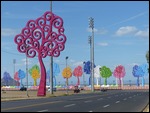
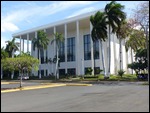

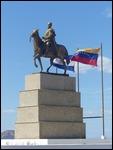
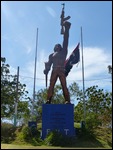
2025-05-22